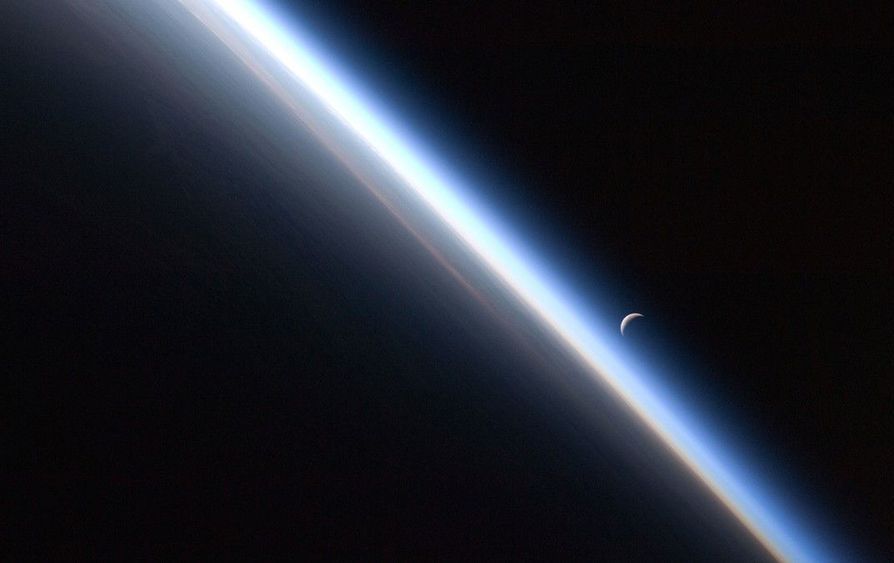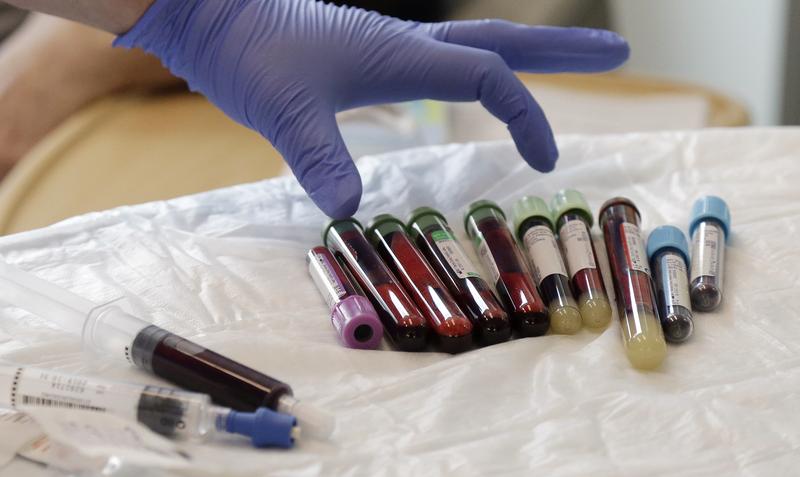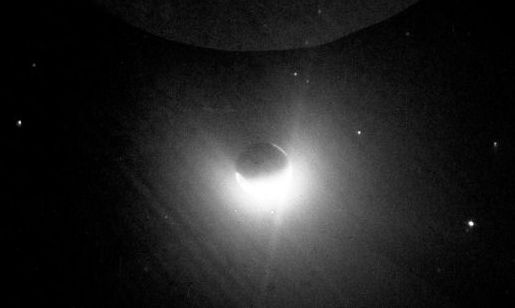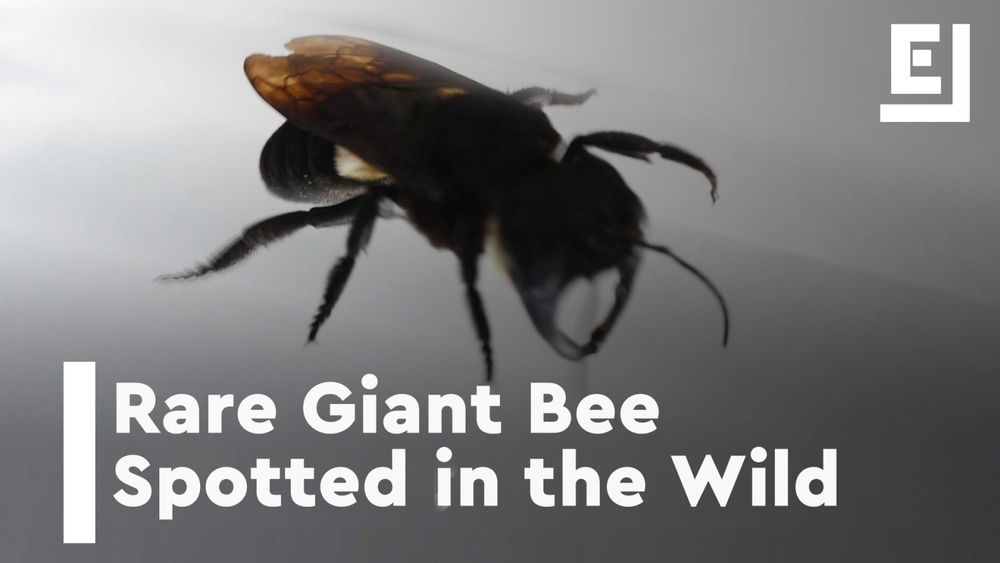Page 9020
Feb 21, 2019
Immune Checkpoint Molecule Can Stop Cancer All by Itself
Posted by Quinn Sena in categories: biotech/medical, futurism
An immune checkpoint molecule, SA-4-1BB developed for cancer immunotherapy also protects against future development of multiple types of cancer when administered by itself, shows a new study.
The recombinant protein molecule SA-4-1BBL has been used to enhance the therapeutic efficacy of cancer vaccines with success in pre-clinical animal models.
Feb 21, 2019
Self-healing, flexible electronic material restores functions after many breaks
Posted by Quinn Sena in categories: materials, wearables
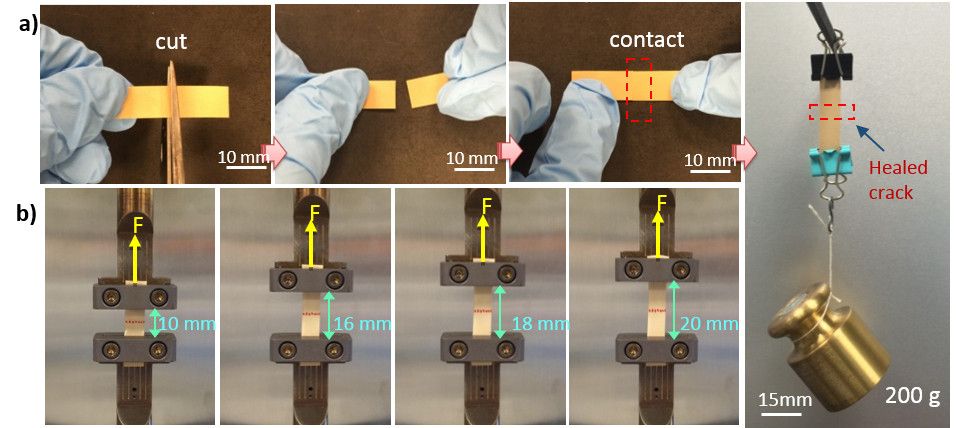
Circa 2016
UNIVERSITY PARK, Pa. — Electronic materials have been a major stumbling block for the advance of flexible electronics because existing materials do not function well after breaking and healing. A new electronic material created by an international team, however, can heal all its functions automatically even after breaking multiple times. This material could improve the durability of wearable electronics.
Continue reading “Self-healing, flexible electronic material restores functions after many breaks” »
Feb 21, 2019
Japan Is Landing on an Asteroid Today and You Can Watch It Live!
Posted by Alberto Lao in category: space

Japan’s Hayabusa2 mission is touching down on an asteroid, where it will grab a sample to bring back to Earth.
Feb 21, 2019
Elon Musk: Moving to Mars would cost about $200,000
Posted by Quinn Sena in categories: Elon Musk, space travel

The CEO once said a self-sustaining Mars colony won’t work if it’s wildly expensive for each person to make the voyage.
Feb 21, 2019
New Research: Earth’s Atmosphere Extends Well Beyond the Moon
Posted by Quinn Sena in category: space
Feb 21, 2019
World’s Biggest Bee, Once Thought Extinct, Has Been Found Alive
Posted by Quinn Sena in category: evolution
A black, thumb-sized missile sails through the jungle air, a thunderous buzzing announcing its arrival. The massive insect lands heavily on a tree-bound termite nest, taking a moment to fold its brassy wings and stretch its humongous, curved jaws. This is Wallace’s giant bee, the beefiest and bumbliest bee on Earth. After going missing for nearly four decades, the species has just been rediscovered in its native Indonesia.
Wallace’s giant bee (Megachile pluto) gets its name from its original discoverer, Alfred Russel Wallace, the British naturalist famous for independently conceiving the theory of evolution through natural selection alongside Charles Darwin. Wallace collected the bee while on an expedition in Indonesia’s North Moluccas islands in 1858, describing it as a “large black wasp-like insect, with immense jaws like a stag-beetle.” The tiny titan then went more than a century without being spotted by Western scientists, only seen again by entomologist Adam Messer in 1981, who was able to observe some of its behavior on a number of small islands. But since then, no one had documented any encounters with the huge bee.
Feb 21, 2019
Is Immortality Possible?
Posted by Paul Battista in categories: biotech/medical, evolution, life extension

Firstly, it greatly depends on how you define immortality. If you define it as living forever and being indestructible as in a comic book, then, no, it is highly unlikely. However, if you define it in terms of showing no decline in survival characteristics, no increase in disease incidence and no increase in mortality with advancing age, then yes. The first is a science-fiction fantasy; the second is based on real-world biology that evolution has already selected for in certain species. We call this state negligible senescence.
Senescence and negligible senescence
Feb 21, 2019
James Hughes’ Problems of Transhumanism: A Review (Part 2) – Article
Posted by B.J. Murphy in category: transhumanism
This is Part 2 of a 5-part series by Chogwu Abdul, founder of the Transhumanist Enlightenment Café (TEC), where he explores the thought-provoking intricacies of James Hughes’ “Problems of Transhumanism.”
In this Part, he explores “Deism, Atheism and Natural Theology.”
Feb 21, 2019
A prosthetic that restores the sense of where your hand is
Posted by Paul Battista in categories: biotech/medical, cyborgs, robotics/AI, transhumanism
Researchers have developed a next-generation bionic hand that allows amputees to regain their proprioception. The results of the study, which have been published in Science Robotics, are the culmination of ten years of robotics research.
The next-generation bionic hand, developed by researchers from EPFL, the Sant’Anna School of Advanced Studies in Pisa and the A. Gemelli University Polyclinic in Rome, enables amputees to regain a very subtle, close-to-natural sense of touch. The scientists managed to reproduce the feeling of proprioception, which is our brain’s capacity to instantly and accurately sense the position of our limbs during and after movement – even in the dark or with our eyes closed.
The new device allows patients to reach out for an object on a table and to ascertain an item’s consistency, shape, position and size without having to look at it. The prosthesis has been successfully tested on several patients and works by stimulating the nerves in the amputee’s stump. The nerves can then provide sensory feedback to the patients in real time – almost like they do in a natural hand.
